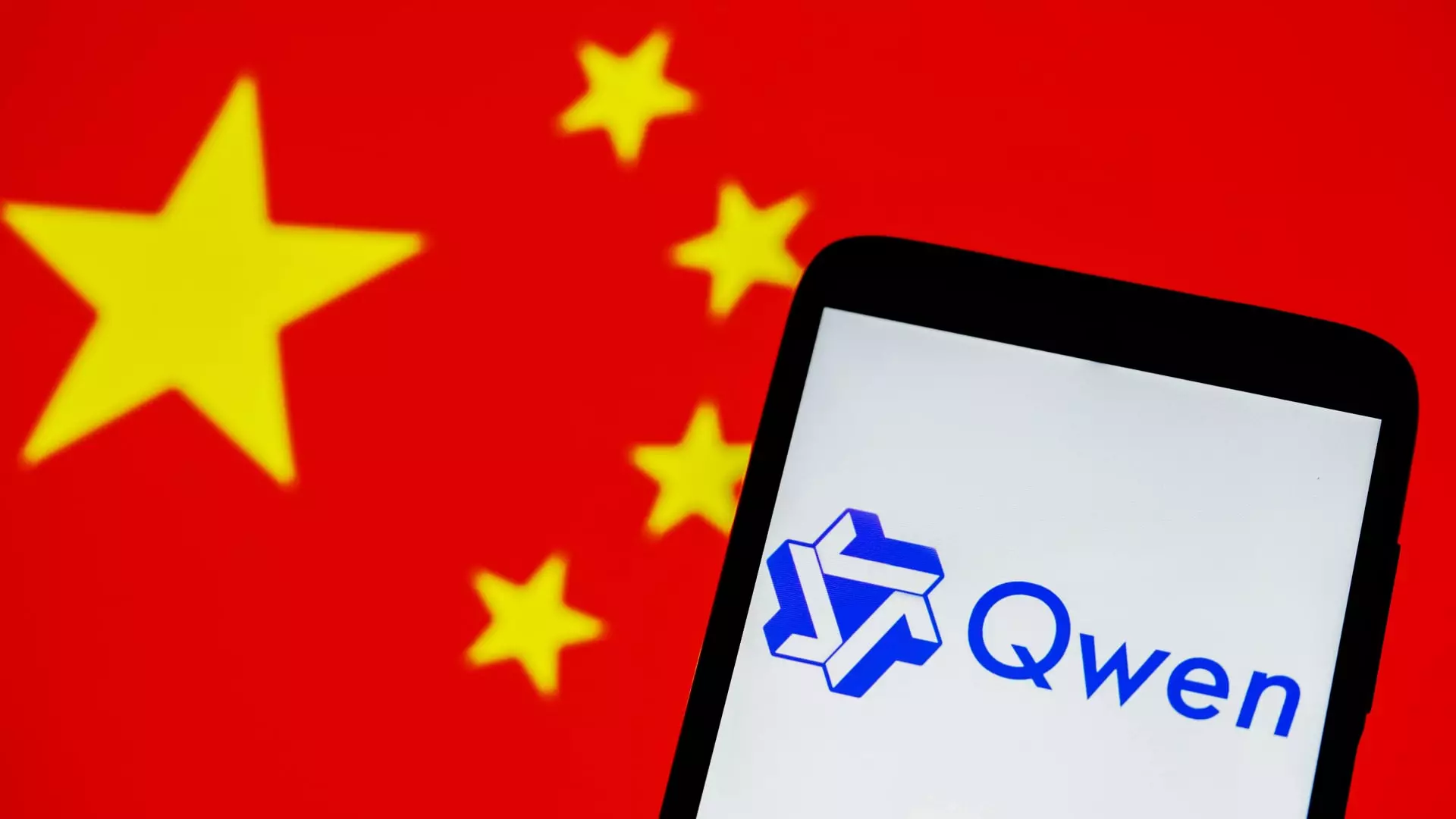In a pivotal move for artificial intelligence, Alibaba recently introduced the Qwen3 series, its latest iteration of open-sourced large language models. This groundbreaking release not only positions Alibaba as a formidable player in the rapidly evolving AI landscape in China but also sets a new benchmark for AI development globally. With the tech industry at a crossroads, the introduction of Qwen3 signifies a shift towards highly efficient, versatile, and cost-effective AI solutions that can be harnessed by developers and businesses alike.
Next-Generation Capabilities
At first glance, what differentiates Qwen3 from other contemporary models? The answer lies in its innovative features that promise to enhance reasoning abilities, instruction-following, and multilingual tasks. Specifically, Alibaba claims that Qwen3 can compete with high-performing models like DeepSeek’s R1 in various industry benchmarks. This is not just about numbers; it’s about reimagining how users interact with AI, making processes faster and more intuitive. With a range of eight variations in architecture and size, Qwen3 offers the flexibility that developers crave when integrating AI into applications, especially for edge devices such as mobile phones.
Moreover, one of the standout features of Qwen3 is its hybrid reasoning mode. This groundbreaking approach allows the model to elegantly transition between two operational modes: a “thinking mode” designed for more complex tasks like programming and a “non-thinking mode” that enables it to deliver rapid, general-purpose responses. This dichotomy is not merely clever marketing; it reflects a genuine evolution in AI thinking that could optimize user experience and application performance across industries.
Cost-Effectiveness and Accessibility
In the battle for AI supremacy, cost remains a critical factor. Here, Alibaba’s Qwen3 truly shines. With claims that the Qwen3-235B-A22B MoE model significantly reduces deployment costs relative to other cutting-edge models, the technology aims to democratize access to advanced AI. In a market often hamstrung by exorbitant fees associated with state-of-the-art technology, this feature could potentially open doors for startups and SMEs eager to leverage AI without breaking the bank.
The open-source availability of the Qwen3 model on platforms like Hugging Face and GitHub further enhances its accessibility. By empowering individual developers and smaller organizations, Alibaba’s initiative fosters innovation and collaboration in the AI community. The impact of this open-source availability is tangible: it’s already attracted millions of downloads and spawned over 100,000 derivative models, positioning Qwen3 as a leading force in furthering development and exploration in the field of AI.
Tackling Global Competitors
As Alibaba makes headlines with Qwen3, its competitors are also feeling the pressure. Industry analysts suggest that the capabilities embedded in Qwen3 could challenge not only local Chinese players but also well-established names in the U.S. AI market. For instance, the expertise shown by DeepSeek has already catalyzed a wave of new AI model releases from various companies, including Baidu, eager to keep pace in this rapidly changing frontier. The competitive landscape is evolving, and businesses are scrambling to adopt more open-source approaches in a bid to thrive amidst global challenges.
Moreover, the addition of multilingual support for an impressive 119 languages and dialects further positions Qwen3 for global relevance. By breaking language barriers, Alibaba has set the stage for cross-cultural applications of AI, enhancing its potential to serve diverse markets.
Future Trajectories in AI Development
The introduction of Qwen3 represents more than just a product launch; it symbolizes a significant stride in the ongoing race for AI dominance. As Ray Wang, an industry analyst, remarked, the success of Qwen3 underscores the capabilities of Chinese laboratories to innovate amidst geopolitical pressures. The growing interest in open-source models post-DeepSeek has initiated an arms race in AI that is likely to accelerate.
As businesses, developers, and researchers explore the immense possibilities of models like Qwen3, they are invited to envision a future where advanced AI tools revolutionize functionalities across sectors. This advance in technology might not only shape application development in China but could have lasting ripple effects throughout the global marketplace. The implications are vast, and the opportunity for collaboration and innovation is ripe. The urgency to remain competitive while pushing the boundaries of technology is more crucial than ever.


Leave a Reply